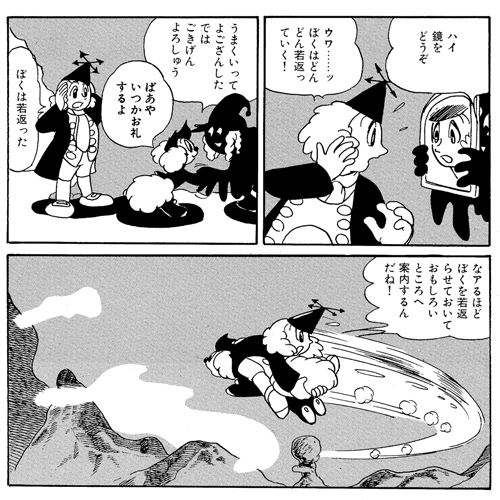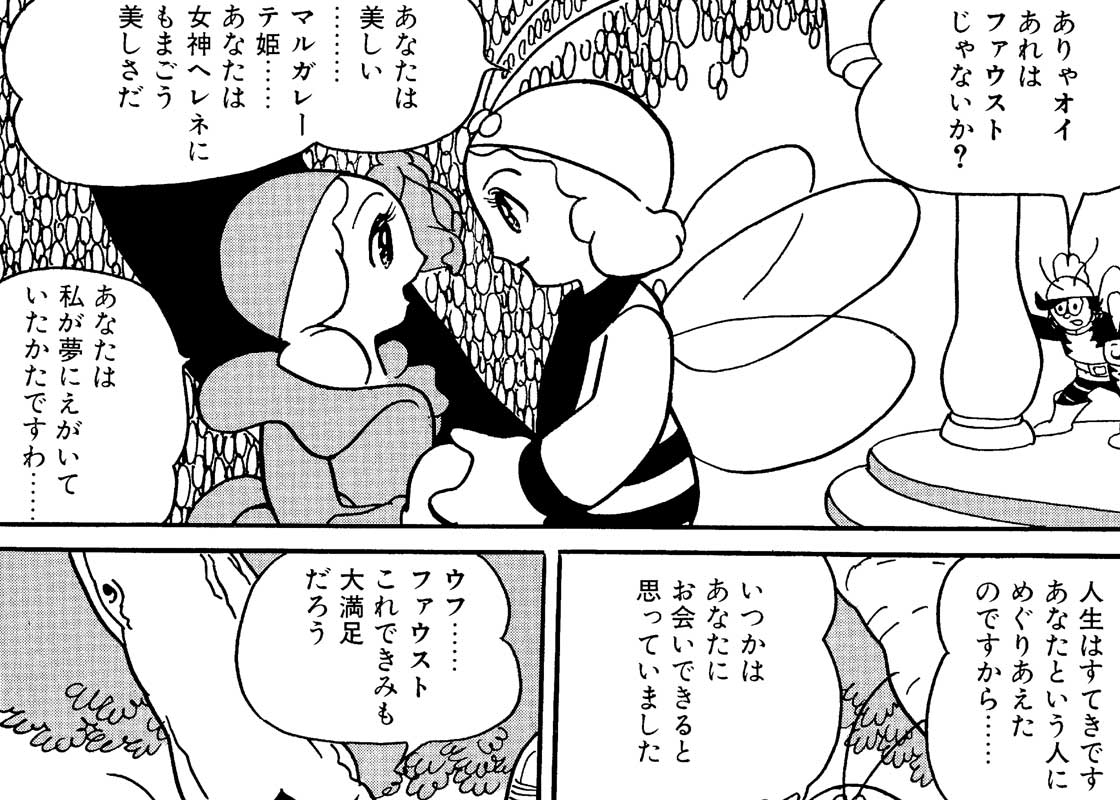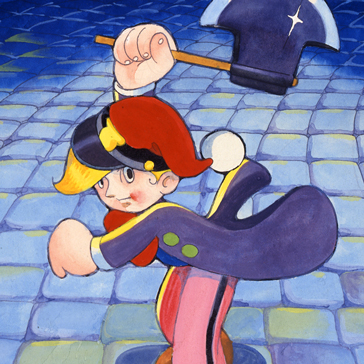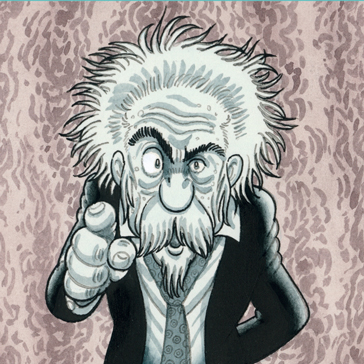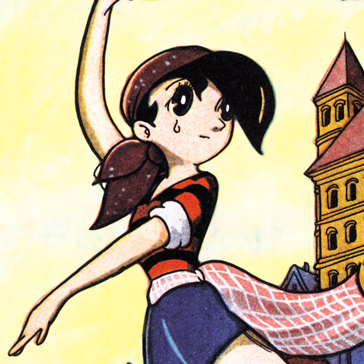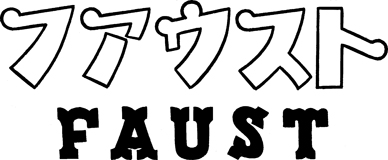
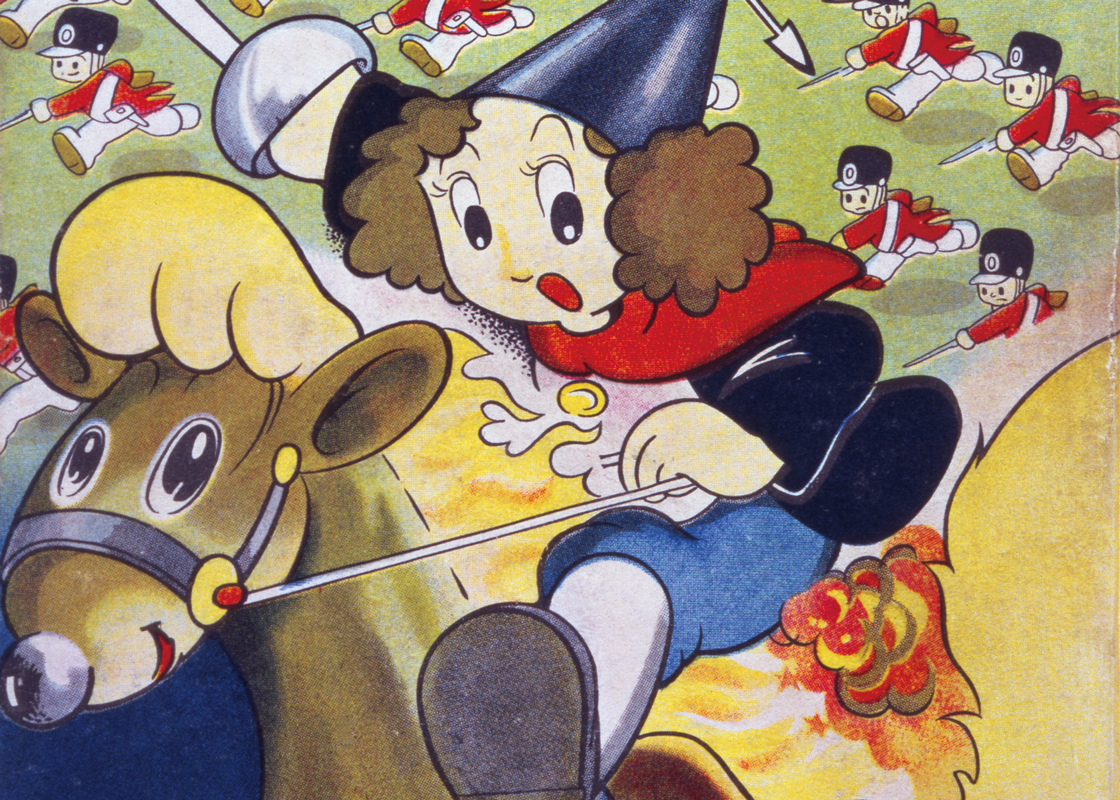
STORY
This is a caricature of Goethe's "Faust," and reflects the dreamy quality of animation of the time.
Confident of his power, the devil Mephist wreaks acts of violence on the world, such as sending angels down to the earth. God then orders Mephist to send the scholar Faust to hell.
While giving the order, God had already given new life to the angel who has fallen to the earth as Princess Margarete.
In the meantime, Faust experiences a sense of futility in his studies, thinking that however hard he may study he will never accomplish his goals. Just then, the devil Mephisto appears in front of him. Faust carelessly signs a contract, in which he promises he will go to hell if Mephisto satisfies his desires.
Mephisto turns Faust into a young man by magic. Faust goes to the town, meets the beautiful Princess Margarete, and falls in love with her.
Meanwhile, Faust is forced to accept the unreasonable demand of the King, father of Margarete, to find the most beautiful goddess in the world, known by the name of Helen.
Together with Mephisto, Faust starts for the mountains of Hartz, where devils are said to gather on the night of Walpurgis.
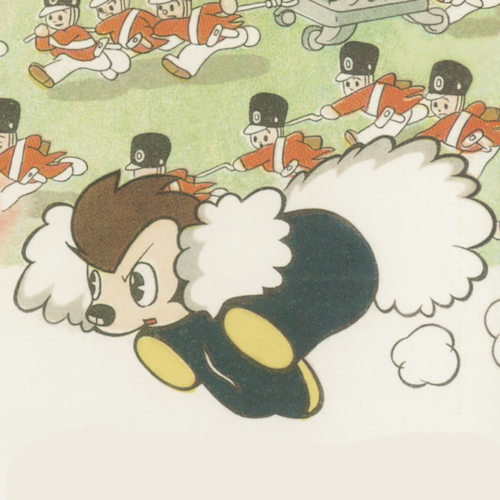
DESCRIPTIONS
January 15, 1950
Published as a book (Fujishobo)
Tezuka Osamu reportedly read the piece from which he drew his inspiration for this work, Goethe's "Faust" (Part 1, 1808 and Part 2, 1832), repeatedly as a junior high school student.
The vivid impressions he got from the work at that time led him to incorporate Dr. Faust and the devil Mephisto into his "Hyaku-monogatari (One Hundred Tales)" and "Neo Faust" works of later years.
The scene of Easter at the beginning of Faust is reminiscent of Takarazuka Revue. Indeed, we can observe the influence of a variety of literary masterpieces on the young Tezuka Osamu, e.g. in the mountain scenes of Hartz, the animation of Fleischer, the scenes of the forest of Yamiyami, the scene in which Faust takes flight riding on Mephisto after being turned into a black dog, an animation piece depicting the ex-Soviet Union, the "Humpbacked Horse," etc.
When "FAUST" was published, Tezuka Osamu was endeavoring to apply the tool of caricature to literary masterpieces as a means of establishing Manga as an important medium of culture.
As part of these endeavors, he created the caricatures "Crime and Punishment" by Dostoevsky and "Merchant of Venice" by Shakespeare in later years.
